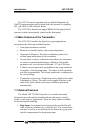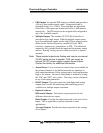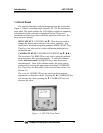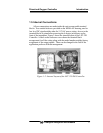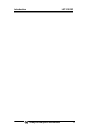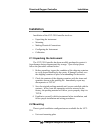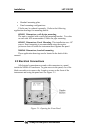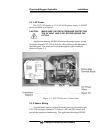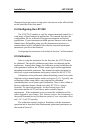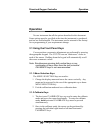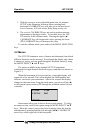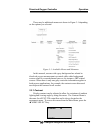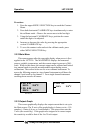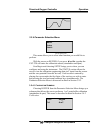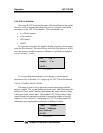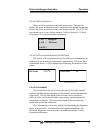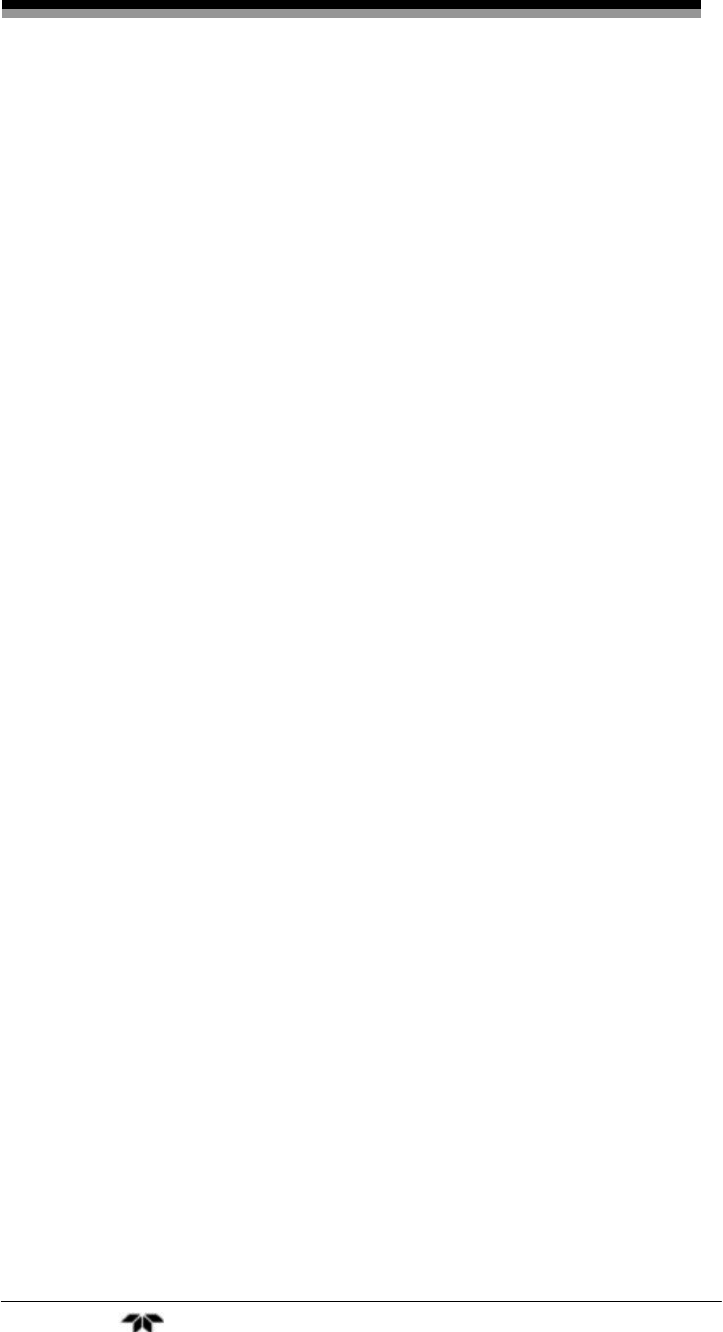
Installation LXT-220 DO
Teledyne Analytical Instruments 22
illustrates the proper sensor wiring and is also shown on the affixed label
on the backside of the front panel.
2.4 Configuring the LXT-220
The LXT-220 Controller is used for measurement and control for a
wide range of liquid analytical applications. This manual describes the
configuration for use in dissolved oxygen measurement and control
applications. If your instrument included optional features such as dual
channel input for handling other specific measurement processes, a
second manual will be included to describe the setup and operational
parameters specific to that function.
Configuring the instrument is described in Section 3 of this manual.
2.5 Calibration
Prior to using the instrument for the first time, the LXT-220 must
be calibrated. The specific calibration procedure used depends on the
application. Among other things, the calibration routine establishes the
correspondence between the 4-20mA output signal and the application
dependant measurable parameter. This manual describes operation for
dissolved oxygen measurements and process control for the LXT-220.
Calibration can be performed without disturbing control or recorder
functions using a manual output mode (see Section 3.4.1). Typically, the
calibration is done using either a one point buffer calibration
(standardization) or two point (span) calibration. There is also a Back to
Factory calibration feature which resets the LXT-220 to “typical
electrode” for electrode potentials. As the electrode ages it will
deteriorate and the mV/FS will decay and eventually require
replacement. If the membrane is torn or coated the calibration will be
either sluggish or out of range. This feature restores the instrument to
the predetermined factory calibration point of zero electrode offset
and –157.5 mV/FS quickly.
The calibration routines require a familiarity with the instrument
operation and is described after fundamental operational parameters are
discussed in Section 3.



